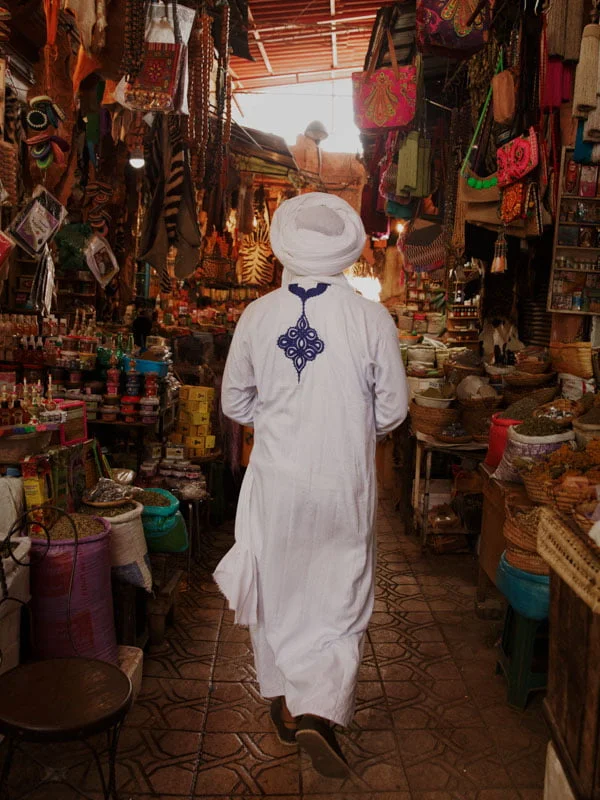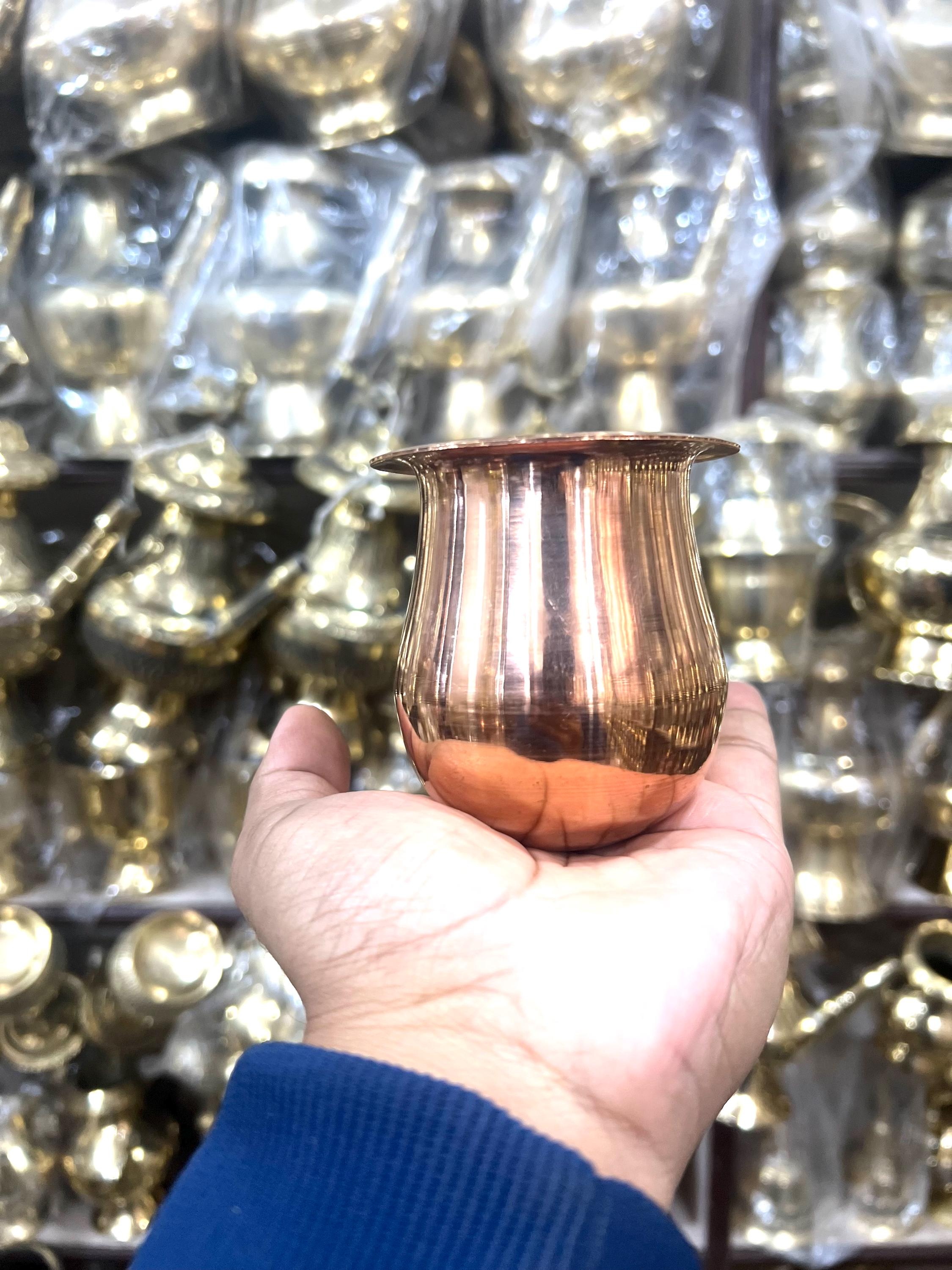- Published on
The Fragrant Art of Traditional Moroccan Incense Blending and Burning Ceremonies
- Authors

- Name
- Adil ABBADI
Introduction
In the vibrant souks of Morocco, amidst the colorful tapestries and intricately patterned ceramics, lies a hidden world of fragrant wonders. For centuries, Moroccan incense blending and burning ceremonies have played a vital role in the country's rich cultural heritage, weaving together threads of spirituality, community, and tradition. This ancient art form has been passed down through generations, with each blend and ceremony telling a unique story of love, respect, and devotion.

- Cultural Context
- Traditional Significance
- Modern Relevance
- Cultural Preservation
- Conclusion
- Cultural Call-to-Action
Cultural Context
Incense burning has been an integral part of Moroccan culture since the medieval period, with influences from Arab, Berber, and Andalusian traditions. The art of blending incense is deeply rooted in the country's spiritual practices, particularly in Islamic and Sufi rituals. In Morocco, incense is believed to possess mystical properties, capable of purifying the mind, body, and spirit. The aromatic smoke is thought to carry prayers and intentions to the divine, fostering a deeper connection between the individual and the sacred.
Traditional Significance
Moroccan incense blends are carefully crafted to evoke specific emotions and moods. The most popular blends include "Bakhoor" (a sweet, woody fragrance), "Ras el hanout" (a spicy, herbal blend), and "Amber" (a rich, resinous scent). Each blend is meticulously prepared using a combination of natural ingredients, such as essential oils, resins, and spices. The traditional incense burning ceremony, known as "Dukhan," is typically performed during special occasions like weddings, births, and Eid celebrations.

Modern Relevance
In modern times, Moroccan incense blending and burning ceremonies have evolved to accommodate contemporary tastes and preferences. Artisanal incense makers now offer bespoke blends, incorporating unique ingredients like rose petals, lemongrass, and lavender. This fusion of traditional techniques with modern creativity has helped to revitalize the art form, attracting a new generation of incense enthusiasts.
Cultural Preservation
Efforts to preserve and promote traditional Moroccan incense blending and burning ceremonies are underway. The Moroccan Ministry of Culture has launched initiatives to support artisanal incense makers, providing training and resources to help them adapt to changing market demands. Additionally, cultural festivals and workshops are being organized to educate visitors about the significance and craftsmanship behind Moroccan incense.

Conclusion
Traditional Moroccan incense blending and burning ceremonies are a testament to the country's rich cultural heritage. As the fragrant aromas waft through the air, they evoke a sense of community, spirituality, and tradition. By embracing and preserving this ancient art form, we can continue to appreciate the beauty and significance of Moroccan culture.
Cultural Call-to-Action
As you explore the enchanting world of Moroccan incense, we invite you to delve deeper into the country's cultural tapestry. Visit a local souk, attend an incense blending workshop, or simply light a traditional incense stick in your home. Allow the fragrant aromas to transport you to a world of wonder, where the ancient traditions of Morocco come alive.
